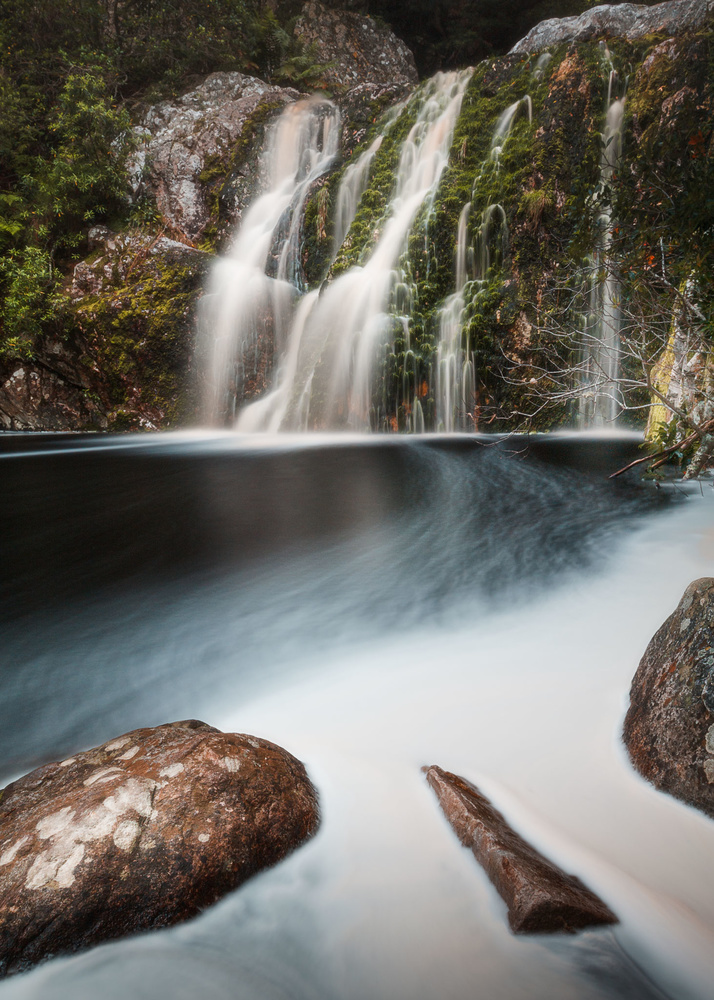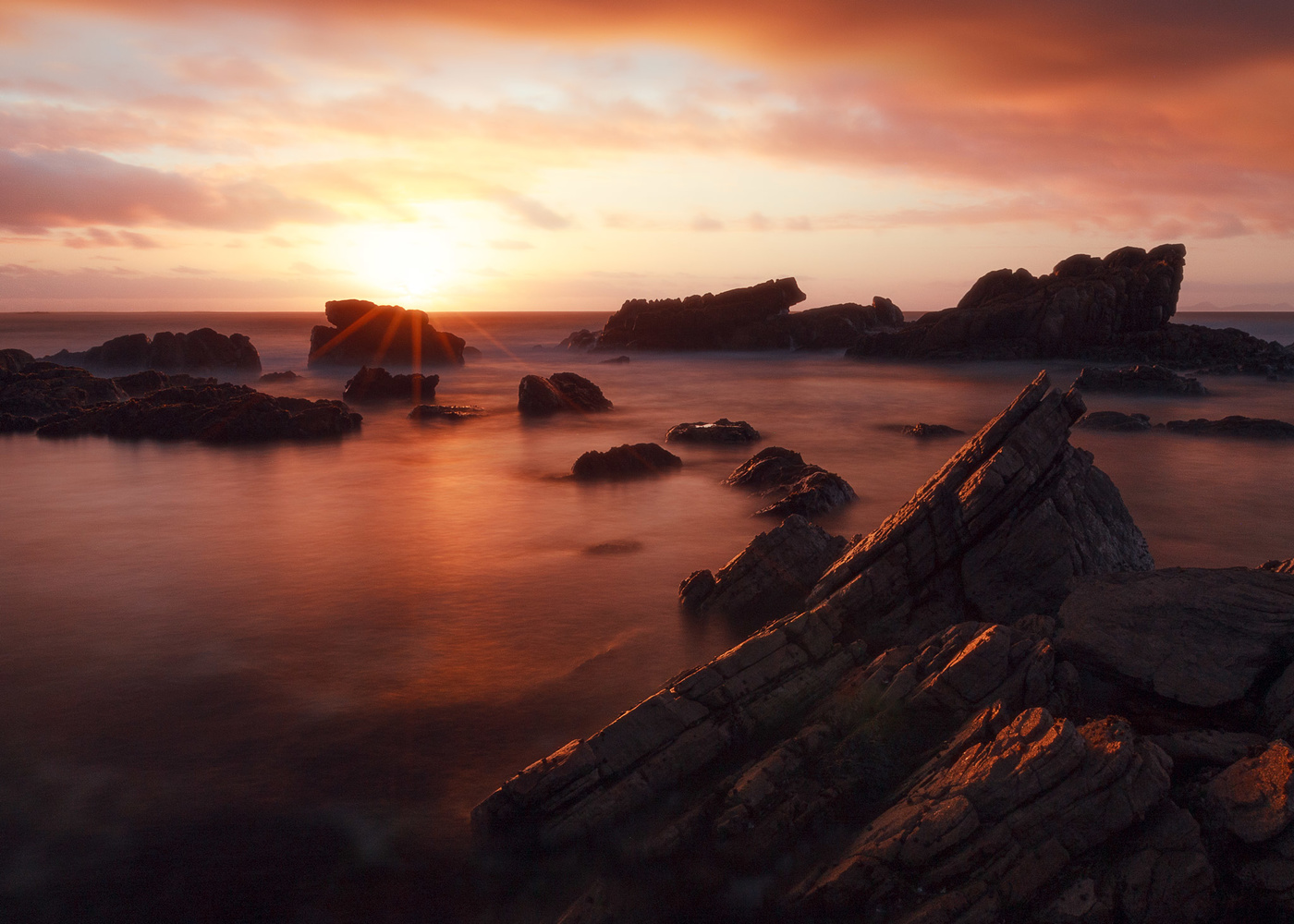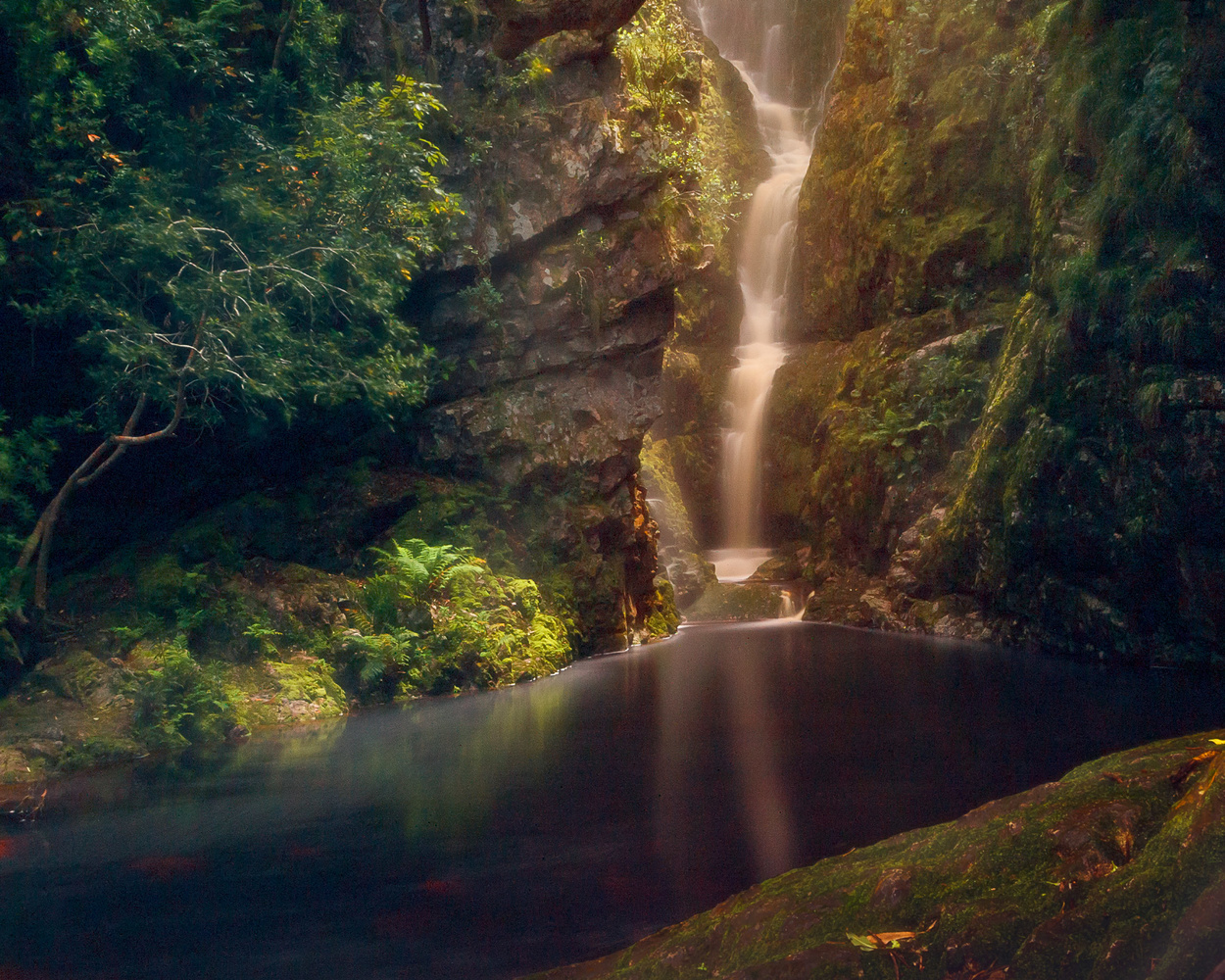When it comes to photography, there are a few fundamental basics one needs to cover before shooting. Besides needing a camera, decent battery life, and a reliable and solid support system, you need filters to combat the daylight sun's harshness, introduce contrast, remove the annoying infrared noise, and polarize the sky or any reflections. Some filters also allow you to create those beautiful, abstract, long-exposure, misty seascapes with streaky clouds overhead.
I've always rented filters for commissioned shoots if needed, but I recently invested in the NiSi Circular Long Exposure Kit for personal use. This four-piece filter kit provides excellent flexibility if you're also doing photography and video, as it includes the NiSi PRO Nano IR ND8 3-Stop, NiSi PRO Nano IR ND64 CPL 6-Stop, NiSi Filters PRO Nano IR ND1000 10-Stop, and the NiSi Filters PRO Nano IR ND32000 15-Stop. The latter is used for photography, while the former is used for both photography and video.

Canon 450D, Canon 16-35mm f2.8 L II, NiSi Pro Nano HUC IR ND8, NiSi Pro Nano HUC IR ND64 CPL
Our needs all differ, depending on what we're shooting, and these filters were what I needed for stills and video. The 3-stop and the 6-stop would come in handy for video usage, while using the 10 and 15-stop is perfectly suited for landscape photography. I didn't want to break the bank and invest in square filters, a matte-box, and rails (for my Blackmagic Pocket 4K). I'll invest in those someday, but the circular filters are perfectly capable of delivering incredible results right now.
I specifically invested in the 82mm thread kit to use the filters on my Canon 16-35mm f/2.8. It's my most used lens due to its versatility for extreme wides on full frame still cameras while being closer to a 24-70mm on my Blackmagic Pocket 4K. For my other, smaller-threaded lenses, a NiSi step down ring can be purchased later. With the introduction out of the way, let's explore the five reasons you need to invest in a filter pack like this.

Canon 450D, Canon 16-35mm f2.8 L II, NiSi HUC IR PRO NANO ND64 CPL, NiSi HUC IR PRO NANO ND1000
Make Your Images Pop
The most common filter to use is your polarizer filter (often referred to as a PL or CPL). If you've ever worn polarized sunglasses and turned your head 90-degrees, you'll be familiar with the effect of a polarizer. While darkening your image by 6 stops, the polarizer also cuts out reflected light, atmospheric haze, and introduces contrast and a small boost in saturation. You'll find that when facing the camera 90 degrees from the sun's position, you'll get the most out of your polarizer, especially when polarizing a blue sky, as it will darken quite a bit compared to the rest of the sky. Here's where you can see the effect of the NiSi PRO Nano IR ND64 CPL 6-Stop work its magic. While your average cheap PL filter will create a sudden polarized spot in the sky, the NiSi appears to give off a more natural gradient while simultaneously boosting the contrast slightly. Some might find the slightly warmer color shift of the NiSi CPL to be distracting; however, it's important to note that you can fix this quite easily and quickly in Photoshop by making a quick white balance adjustment. NiSi also offers several, separately purchased CPL's with cool, warm, and neutral shifts.

Canon 450D, Canon 16-35mm f2.8 L II, NiSi Pro Nano HUC IR ND8, NiSi Pro Nano HUC IR ND64 CPL
Create a Dynamic Image
One of the benefits of using filters such as the CPL is that it darkens, causing you to slow down your shutter speed. But when combined with the NiSi Filters PRO Nano IR ND1000 10-Stop or NiSi Filters PRO Nano IR ND32000 15-Stop, you either have a 16-stop or 21-stop filter combination, allowing to slow your shutter down to a minute or two during the midday sun. Combining the filters or even using the 10- or 15-stop by itself allows you to show movement in your image, whether it be a busy street scene, showing the movement of people and cars moving up and down, or clouds moving over a blurred seascape. While you can get close to replicating the effect of blurred movement in Photoshop, you won't be able to eliminate unwanted reflections, making this filter one of the most significant necessities for any photographer and filmmaker.

Canon 450D, Canon 16-35mm f2.8 L II, NiSi Pro Nano HUC IR ND8, NiSi Pro Nano HUC IR ND64 CPL
Use a Shallow Aperture in Harsh Conditions
One of the significant benefits of using a CPL or a Neutral Density (ND) filter is that it reduces the light hitting your sensor by either 3, 6, 10, or 15 stops, allowing you to slow your shutter speed down to minutes. However, using ND filters for video allows you to use a shallow aperture (f/2.8 or less if applicable), allowing for a more "cinematic" look in the footage. Of course, there's a limit as the 10- and 15-stop ND's are too dark. The 3- and 6- stop NDs are perfect for video usage.

Canon 450D, Canon 16-35mm f2.8 L II, NiSi Pro Nano HUC IR ND8, NiSi Pro Nano HUC IR ND64 CPL
Remove Infrared Noise
So, you took some fantastic autumn-themed landscape shots of the trees and leaves, only to rush home and see the colors are off. You're not sure why. You blame it on the digital sensor, which is pretty accurate, but you don't realize that this is a problem that you could've avoided easily by using IR filters.
I've had some issues while filming on my Blackmagic Pocket Cinema Camera 4K before, finding a strange, noisy, purple-ish tint in the shadows. It turns out it was all due to the IR light hitting the sensor. Digital cameras suffer more from this issue than film cameras due to the sensor's sensitivity to IR light. As soon as I attached one of the NiSi ND filters, this issue became a thing of the past, as it blocks out low-level infrared but allows the visible spectrum of light to pass through.

Canon 450D, Canon 16-35mm f2.8 L II, NiSi Pro Nano HUC IR ND32000
Build Quality
The four filters come in a handy material pouch that, as a bonus, can be strapped to one of the legs of your tripod for ease of use. Each filter's glass is made from H-K9L optical pro glass and gives you completely natural, vignette-free image results. The glass also features a scratch-resistant and double-sided hydrophobic nano-coating that extends the filter's longevity and ensures you'll be using this for years down the line. Thanks to the hydrophobic coating, you'll be able to easily wipe away any water droplets from the ocean or the nearby waterfall you just photographed.
What I Liked About the Filters
- Excellent color accuracy with no shift
- Eliminates infrared interference
- Solid build quality
- Gradual PL effect
- The pouch containing the tripod leg strap for ease of use
- Price point
What I Didn't Like About the Filters
- Some photographers might dislike the slightly warmer color shift of the CPL included in the kit.

Canon 450D, Canon 16-35mm f2.8 L II, NiSi Pro Nano HUC IR ND8, NiSi Pro Nano HUC IR ND64 CPL
In Conclusion
There are so many other filters to choose from, Lee Filters, the new range of Polar Pro VNDs, and Tiffen's range of filters out there. Still, NiSi gives those companies a run for their money by coming in at a more affordable price point and giving matching results, if not better than some other filters out there. While I do like what Polar Pro is doing in terms of their sleek aluminum magnetic case design and their defender lens cover; I feel you end up paying a lot more for these features than it's worth. The NiSi Circular Long Exposure Kit gives you what you expect from an essential filter kit with no fuss and no frills, just pleasing results that keep you shooting more and editing less, leaving you satisfied with every click of the shutter.







Thanks for sharing your experience and review of the Nisi filters. I have some off brand 100mm and find that I never use them. I also have a variable ND which I use since it's so easy. After watching your video, I looked through my kit and the Nisi filters would be a small easy system which should work for 99% of my landscape situations. Plus I can lose some weight and storage space from my huge bag.
Thats great to hear! That's exactly why I opted for the Circular filters instead of the 100mm system. The last thing you want is all the added weight when you're going on long hikes. Happy shooting!